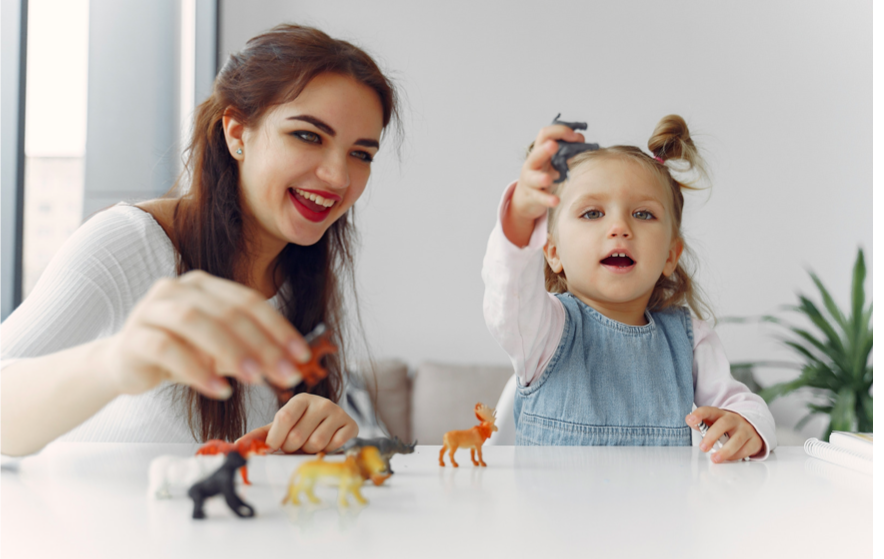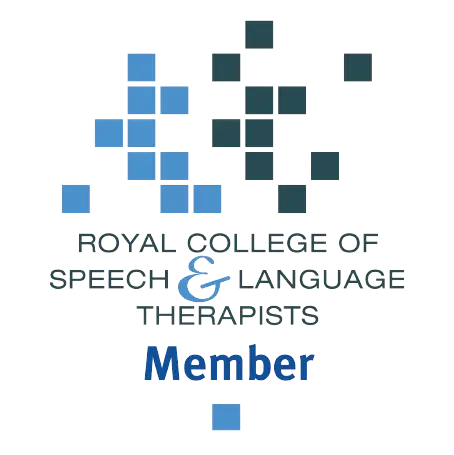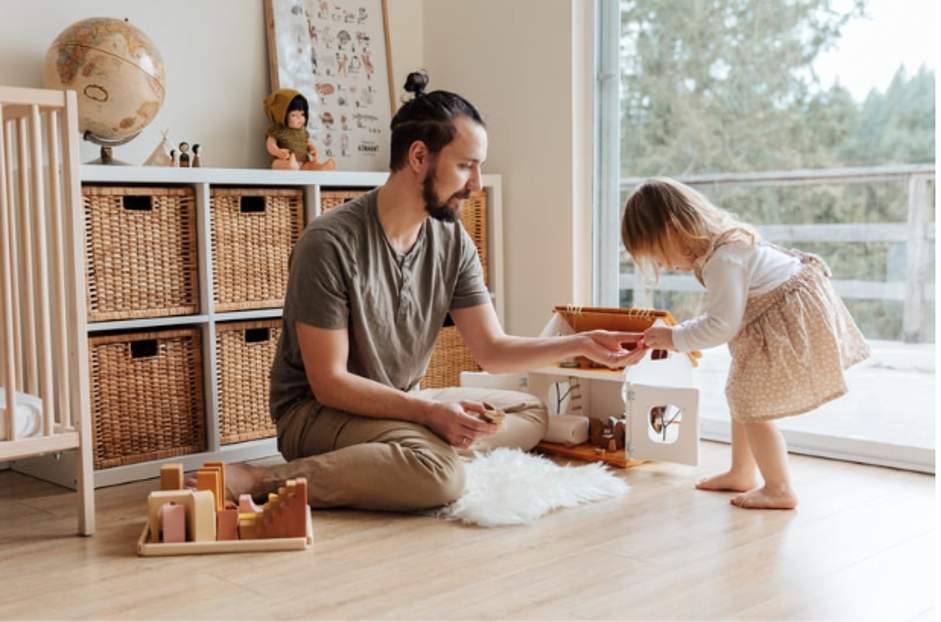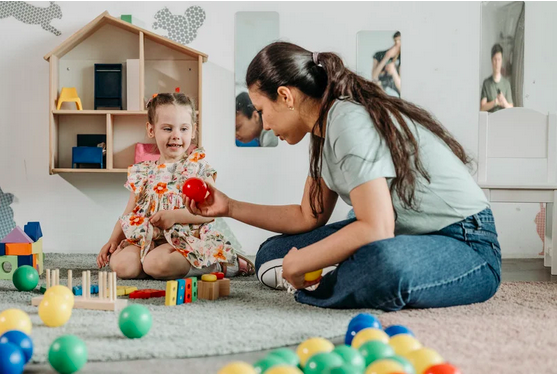Does your child copy sentences from YouTube clips, TV programmes, or funny things adults say like, “By crikey!”?
This is called delayed echolalia.
Delayed echolalia is when a child repeats a phrase, sentence, song or melody (sometimes with unclear words) at a later time, maybe minutes, hours, days, weeks or even months after first hearing and memorising it.
For example, a child might say, “Good morning sweetie. How are you?” when they wake up and greet you… because that’s what you say to them each morning. Or perhaps they say their own name, like “Elise sit down,” when talking to themselves. These are real examples of delayed echolalia.
Sometimes, you can sense it’s delayed echolalia because the child’s words don’t mean exactly what they say.
Let me share a story:
Only the other day, a child walked up to me, about 15 minutes into our session. They stood right in front of my face and said very seriously, “Goodbye” while waving at me. They didn’t want to leave; they wanted me to leave! “Goodbye” in this context didn’t mean they were going, it meant, that I was clearly touching the toys that they didn’t want me to touch. Gotta love kids.
That’s the essence of delayed echolalia: the child has learnt a learnt chunk of language that gives them a certain meaningful feeling, and they later use that phrase to express a similar feeling.
(It’s called episodic memory: learning something through personal experience).
So, what is Delayed Echolalia vs. Immediate Echolalia?
Immediate echolalia is when a child copies a word, or phrase right after someone says it.
For example, one morning, I was drawing shapes with a 3-year-old. I said, “Look, a circle!” and the child immediately repeated, “Look, a circle!” as they drew their own circle.
I tried again, lowering my voice, and said, “Oo a triangle”. The child repeated, “A triangle” and even tried to mimic the deeper voice. That’s immediate echolalia.
Delayed echolalia, on the other hand, is when a child repeats words or phrases they’ve heard before, not randomly, but because something in the current situation feels connected to the original moment that they heard it (minutes, days, weeks or even months ago).
Story time: Real-Life Examples of Delayed Echolalia:
The Falling Chicken
I was playing with a child, stacking toy animals on towers. When a toy chicken fell, the child said, “Oh dear” in a beautifully melodic voice (exactly like how an adult might say it to calm a child). Turns out, the child repeated, “Oh dear” in the same sing-song tone every time something dropped.
The Morning Greeting
A mum told me, “When I go into my child’s bedroom, I always say, ‘Good morning sweetie. How are you?’”.
She then explained that her child says the same phrase to her each morning when they come into the kitchen for breakfast: “Good morning sweetie. How are you?”.
The child has picked up this very adorable morning greeting, and is saying it to their own Mum. This is because the child knows that this phrase fits the first moment of seeing someone in the morning, and is a part of their family’s daily routine.
Pinkfong and Water
This one’s a favourite because it’s more abstract.
A child who loved water was trying to turn on the tap. They kept saying “Pinkfong,” and at first, I was a bit baffled. The parents laughed and explained that the child was referencing the “Baby Shark Dance” video by Pinkfong on YouTube, and had connected “Pinkfong” with the request for water. In their mind “Pinkfong” meant “Please turn the water on.”
Enter: Gestalt Language Processing…
Children who frequently use delayed echolalia to communicate are likely to be: Gestalt Language Processors.
Gestalt language processing simply means a child learns language in whole chunks (whole sentences or phrases).
We call the chunks of language “gestalts” or “scripts”. These chunks are learnt from their environment, from films, songs, books, TV, YouTube, adults or other children.
Some children learn one word at a time.
“Ball” -> “Kick ball” -> “Me kick ball.”
Gestalt language processors, start with a whole chunk, like:
“Let’s kick balls!”
Both ways are valid paths to language. Some children use a mix of both!
Why Does Gestalt Language Processing Matter?
Understanding how your child processes language helps you support their development in ways that feel natural to them.
When you know your child’s learning style, you can model language in a way that matches it.
How to Support Gestalt Language Processors
Listen for the meaning behind the words.
Instead of focusing on the literal words, as yourself: What are they really trying to tell me?
Acknowledge and expand.
If your child says, “Goodbye!” when they want space, you might respond with:
“Ok, you want me to leave the toys alone. You’re saying ‘Goodbye.’ I’ll stop touching them.”
Model language in small chunks
If you guessed what your child is truly meaning, say it for them:
“Please don’t touch my toys” (as you let go of the toys).
This gives them the words they can use next time.
Model more language throughout the day
Use simple phrases that fit your daily routines. Talk as if you’re speaking for them using “I”, “me”, “we’re” sentence starters.
“I’m hungry.”
“Let’s get more.”
“We’re going shopping.”
This way, if your child repeats them, they still make sense in context.
Final Thoughts
There is so much more to talk about, too much for one blog. Keep an eye out for the next!
But a great starting point is to observe how your child processes language:
- In chunks (gestalts)?
- As single words?
- Or a bit of both?
From there, model language in ways that align with their natural learning style.
Many children move from learnt phrases (gestalts or scripts) to flexible, spontaneous language with the right support. Every child’s journey unfolds in their own time.
As adults, our role is to nurture that journey by embracing the way they learn.
Check out my Instagram video
Please note, YouTube is a trademark of Google LLC. This site is not affiliated with or endorsed by YouTube.






